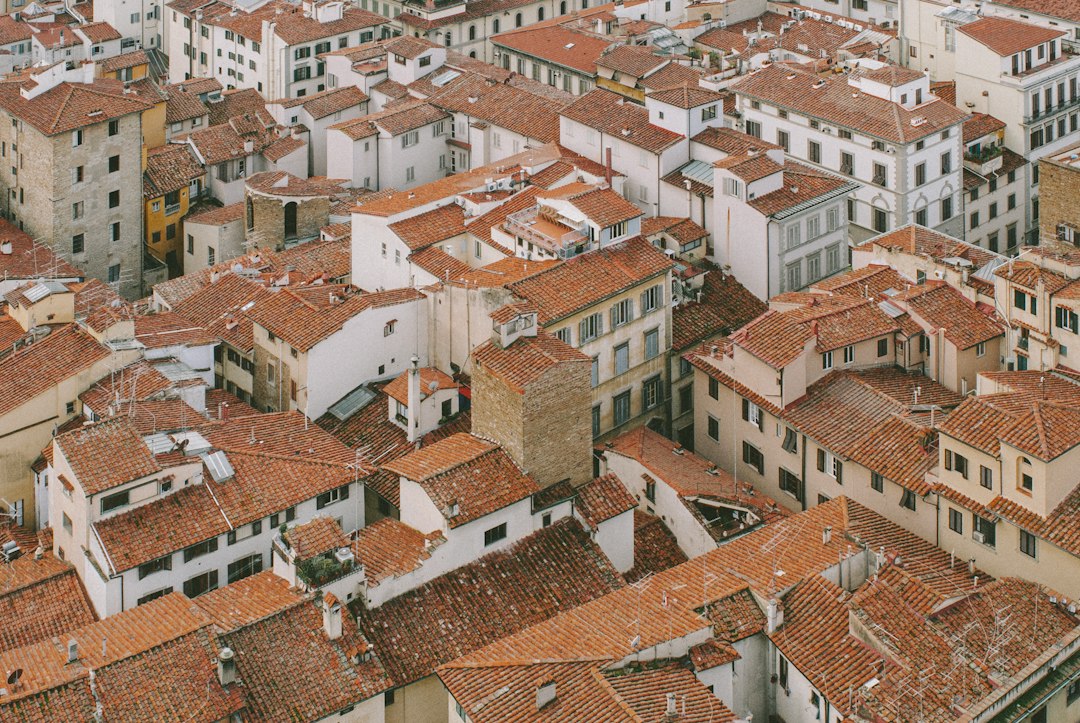Florence, the capital city of the Tuscany region in Italy, holds a rich and fascinating history that is tightly interwoven with the legacy of the powerful Medici family. From the 15th to the 18th century, the Medici family played a pivotal role in the political, economic, and cultural development of Florence, leaving a lasting legacy that can still be discovered and admired today. In this blog post, we will delve into the world of the Medici dynasty, exploring their opulent palaces, grand villas, and the fascinating stories of power associated with them.
To truly understand the Medici legacy in Florence, one must start with the city’s iconic Palazzo Vecchio. Located in the heart of Florence, this fortress-like palace was the seat of power for the Medici family, housing their opulent chambers and serving as a focal point for political affairs. Walking through the vast halls of the Palazzo Vecchio, one can imagine the Medici rulers making important decisions that shaped the destiny of the city. The palace also houses stunning artworks, including Michelangelo’s famous statue, “David,” adding to its grandeur and historical significance.
Another significant Medici palace is the Palazzo Pitti, which was acquired by the family in the 16th century. This grand Renaissance residence became the private residence of the Medici rulers and later, the ruling house of the Habsburg-Lorraine family. With its lavish interior adorned with frescoes, tapestries, and ornate decorations, the palace is a testament to the Medici’s wealth and power. Today, the Palazzo Pitti houses several museums, including the Palatine Gallery and the Costume Gallery, where visitors can immerse themselves in the artistic treasures and regal splendor of the Medici period.
While the Medici palaces exude opulence and power, the Medici villas offer a unique glimpse into the family’s more intimate and leisurely side. The Villa Medici in Fiesole, a hilltop town near Florence, was constructed during the Medici’s early days of wealth and prominence. Surrounded by lush gardens and offering breathtaking views of the Tuscan countryside, this villa provided a sanctuary for the Medici rulers to escape the bustling city life and indulge in their love for nature and beauty.
Another remarkable Medici villa is the Villa di Pratolino, located in the outskirts of Florence. Built by Francesco I de’ Medici, this magnificent villa boasted a vast park adorned with extravagant sculptures, grottoes, and even a colossal statue of a giant that spewed water from its mouth. Although the villa was sadly destroyed in the 18th century, its remains and the stories of its grandeur still captivate visitors, providing a glimpse into the Medici family’s extravagant lifestyle.
Beyond the grandeur of their palaces and villas, the Medici family were also renowned patrons of the arts and sciences. Their support and patronage nurtured the talents of renowned artists such as Michelangelo, Botticelli, and Leonardo da Vinci, ultimately contributing to the flourishing of the Italian Renaissance. The Medici family’s impact on Florence’s cultural landscape can be seen in the Uffizi Gallery, which houses an extensive collection of artistic masterpieces acquired by the Medici over the centuries. From Botticelli’s “The Birth of Venus” to Raphael’s “Madonna of the Goldfinch,” the Uffizi Gallery offers a visual testament to the Medici’s love and appreciation for art.
Discovering Florence’s Medici legacy is a journey into a lavish and complex world of power, wealth, and artistic passion. The palaces, villas, and stories associated with the Medici family provide a fascinating insight into the history of Florence and the pivotal role the Medici played in shaping its destiny. Whether you’re a history enthusiast, an art lover, or simply someone who wishes to be transported to a bygone era of opulence and grandeur, exploring Florence’s Medici legacy is an experience not to be missed.

